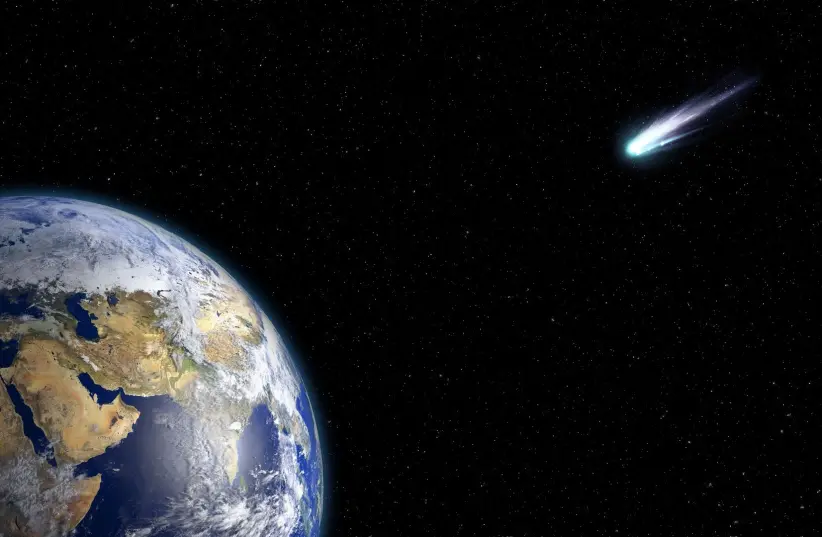The Hubble Space Telescope of NASA has measured the diameter of the biggest ice comet nucleus ever observed by scientists. The biggest comet ever detected has been verified by scientists using NASA’s Hubble Telescope, and it will fly by our sun in the next decade. A comet differs from an asteroid in that an asteroid is a rocky structure, whereas a comet is a ball of ice and dust. Comets are also recognized for the “tail” they leave behind, as well as the blazing heat, or nucleus, that emerges as the comet reaches the sun. It has a projected circumference of 80 miles, making it bigger than the state of Rhode Island. The nucleus is almost 50 times bigger than the nucleus of most observed comets.
The comet is moving at 22,000 mph and is getting closer to Earth. When it reaches its nearest star to the sun in 2031, it will be approximately 1 billion miles away from the sun, somewhat beyond the distance between Earth and Saturn. “This is an incredible phenomenon, given how vigorous it is while being so far from the Sun,” said Man-To Hui of Macau University of Science and Technology in Taipa, Macau. “We suspected the comet was rather large, but we required the finest information to verify this.” The diameter of “the biggest ice comet nucleus ever observed” has now been established by astronomers. Comet C/2014 UN271, also referred to as Comet Bernardinelli-Bernstein, is approximately 80 miles wide, making it bigger than Rhode Island. Its center is predicted to weigh 500 trillion tons, which is 100,000 times heavier than the majority of comets.
Hui and his colleagues matched the nucleus’ luminosity to previous radio measurements from Chile’s Atacama Large Micrometre Array (ALMA). These overall results confine the nucleus’s dimensions and brightness. The latest Hubble observations are consistent with prior ALMA size estimates, but they strongly imply a darker nucleus area than previously anticipated. “It’s huge, and it’s slightly darker than coal,” Jewitt remarked. Hui and colleagues then created a computer model of the comet and tweaked it to match the photos from the telescope. They were then able to remove the coma, leaving only the nucleus.



